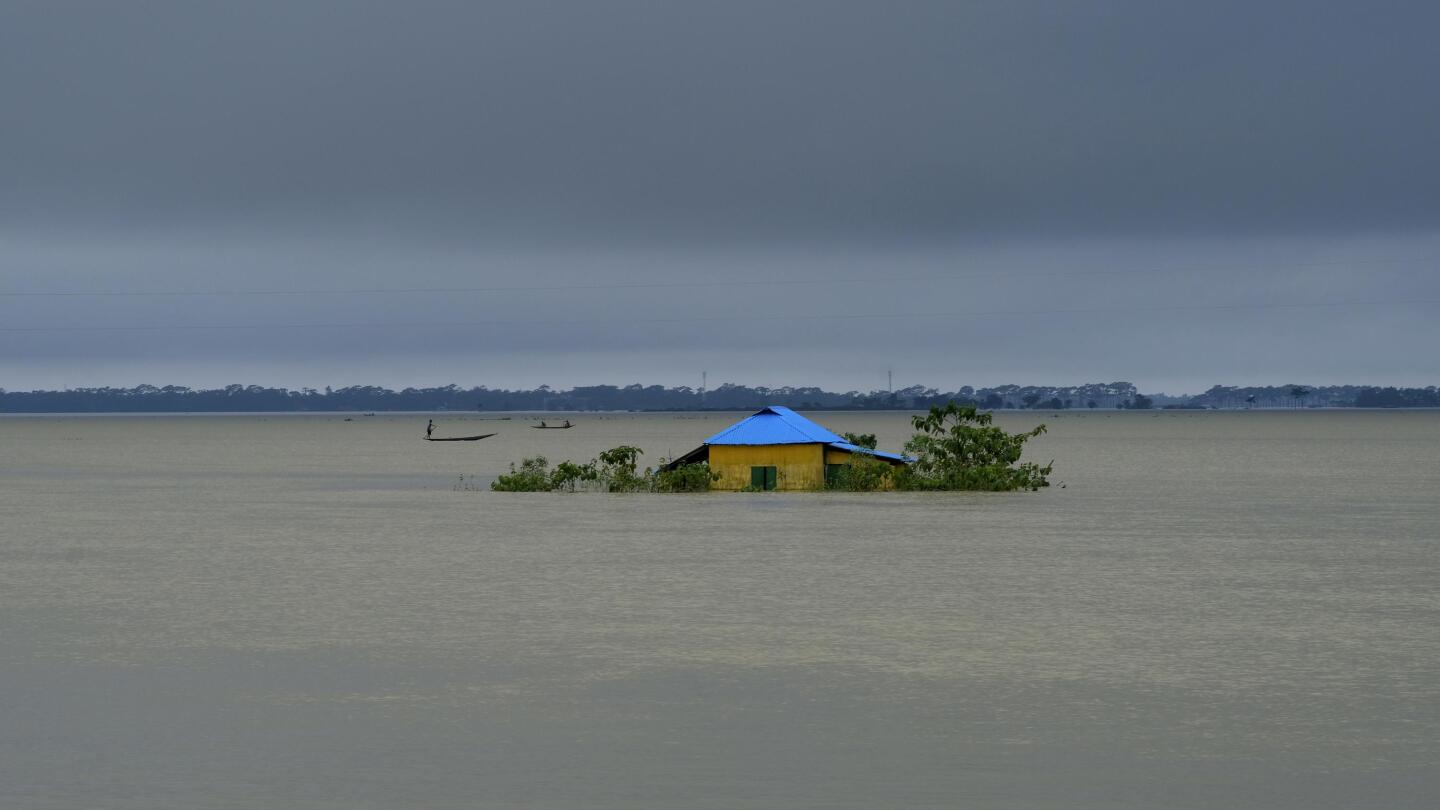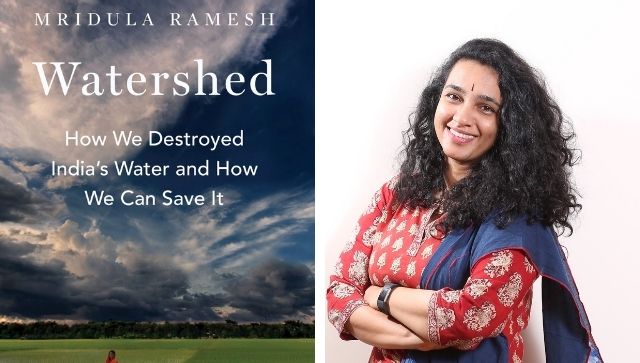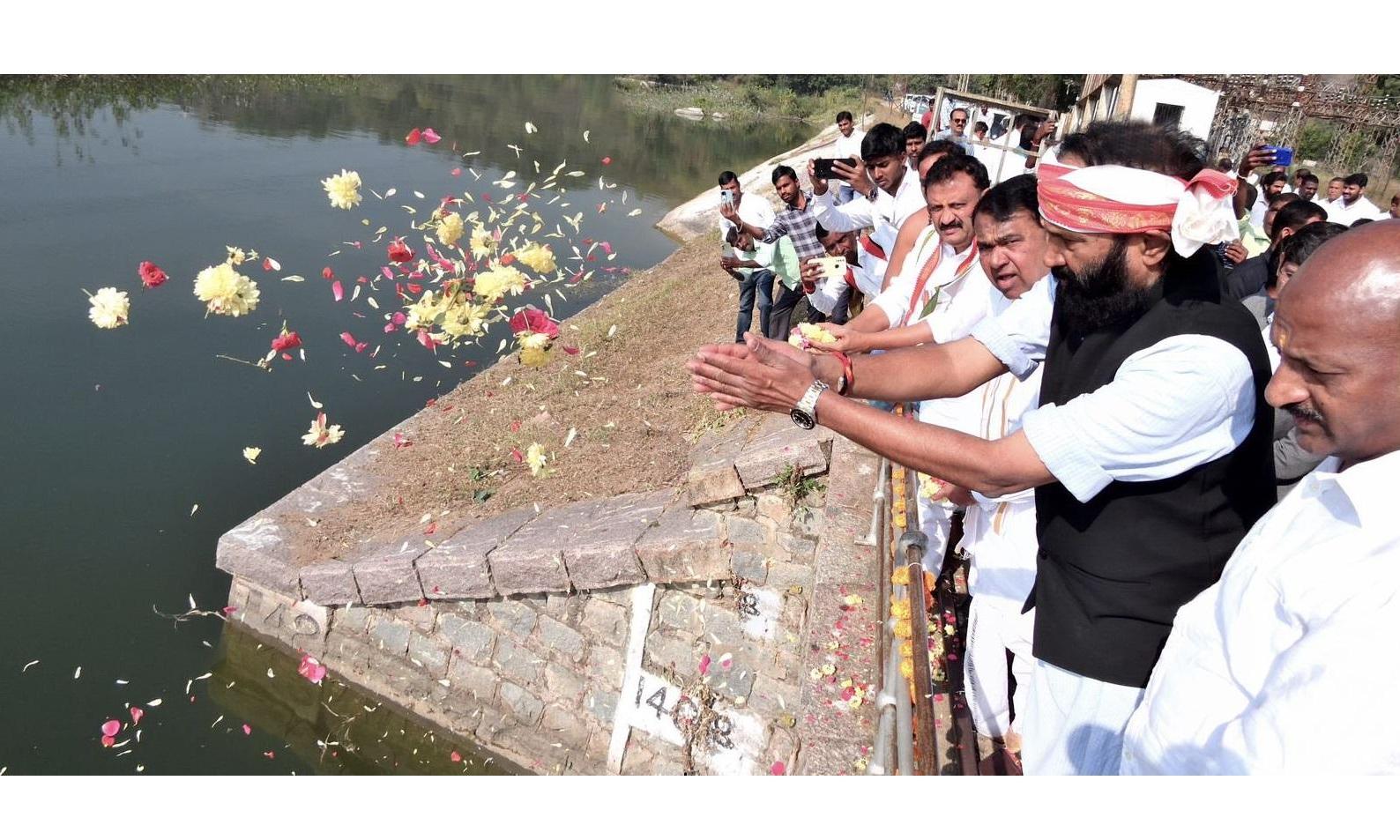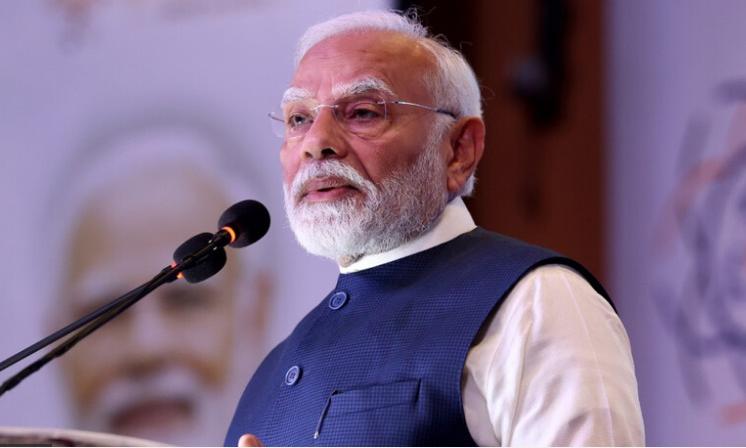
Mohan Guruswamy | Will ‘linking rivers’ work, or end up as a disaster?
Deccan ChronicleI keep hearing that Prime Minister Narendra Modi is going to unveil the often spoken and then shelved ‘Rivers Link Up Scheme’ as his grand vision to enrich the farmers of India and unite the country. If the Aswan High Dam turned the ravaging Nile into a saviour, the constant diversion of the rivers feeding Lake Baikal have turned it into a fast receding and highly polluted inland sea ranking it one of the world’s greatest ecological disasters. In 1950-51 when Jawaharlal Nehru embarked on the great expansion of irrigation by building the “temples of modern India” by laying great dams across our rivers at places like Bhakra Nangal, the Damodar Valley and Nagarjunasagar, only 17.4 per cent, or 21 million hectares, of the cropped area of 133 million hectares was irrigated. The learned Supreme Court sought the assistance a senior advocate, Mr Ranjit Kumar, and acknowledging his advice, recorded: “The learned Amicus Curiae has drawn our attention to Entry 56 List of the 7th Schedule to the Constitution of India and contends that interlinking of inter-state rivers can be done by Parliament and he further contends that even some of the states are now concerned with the phenomena of drought in one part of the country while there is flood in other parts and disputes arising amongst the egalitarian states relating to sharing of water. He submits that not only these disputes would come to an end but also the pollution levels in the rivers will be drastically decreased, once there is sufficient water in different rivers because of their inter-linking.” The only problem with this formulation is that neither the learned Amicus Curiae nor the learned Supreme Court are quite so learned as to come to such sweeping conclusions.
History of this topic

'Precautionary measures not taken…': BJP's Suvendu Adhikari on floods in West Bengal
Hindustan Times
Bangladesh floods: Chief Adviser Yunus urges prominent NGO leaders, students to help in relief work
Hindustan Times
Letters to The Editor — August 7, 2024
The Hindu
Irrigation sector regressed by 20 years in YSRC regime: Nimmala Ramanaidu
New Indian Express
Reviving India’s Great Rivers: How Modi’s Leadership is Saving the Lifelines of India
News 18
Interlinking of Rivers: Solution to India’s growing water problem or recipe to ecological imbalance?
New Indian Express
Interlinking of rivers offers a permanent solution to drought, reiterates Chandrababu Naidu
The Hindu
Revisiting Kerala’s 2018 ‘flood of the century’
Hindustan Times
Flood situation eases but more rain likely
Hindustan Times
Mohan Guruswamy | Indus waters: Yawning gap between threat and reality
Deccan Chronicle
Minister warns of floods in downstream River Krishna
Deccan Chronicle
AP PHOTOS: India, Bangladesh floods destroy homes, lives
Associated Press)
In her new book Watershed, climate expert Mridula Ramesh stresses on urgent need of water management in India
Firstpost
Uttarakhand Tragedy: Cost of ‘Development’ & Climate Change
The Quint
Mohan Guruswamy | Worry on Brahmaputra waters seems misplaced
Deccan ChronicleDiscover Related














)


























